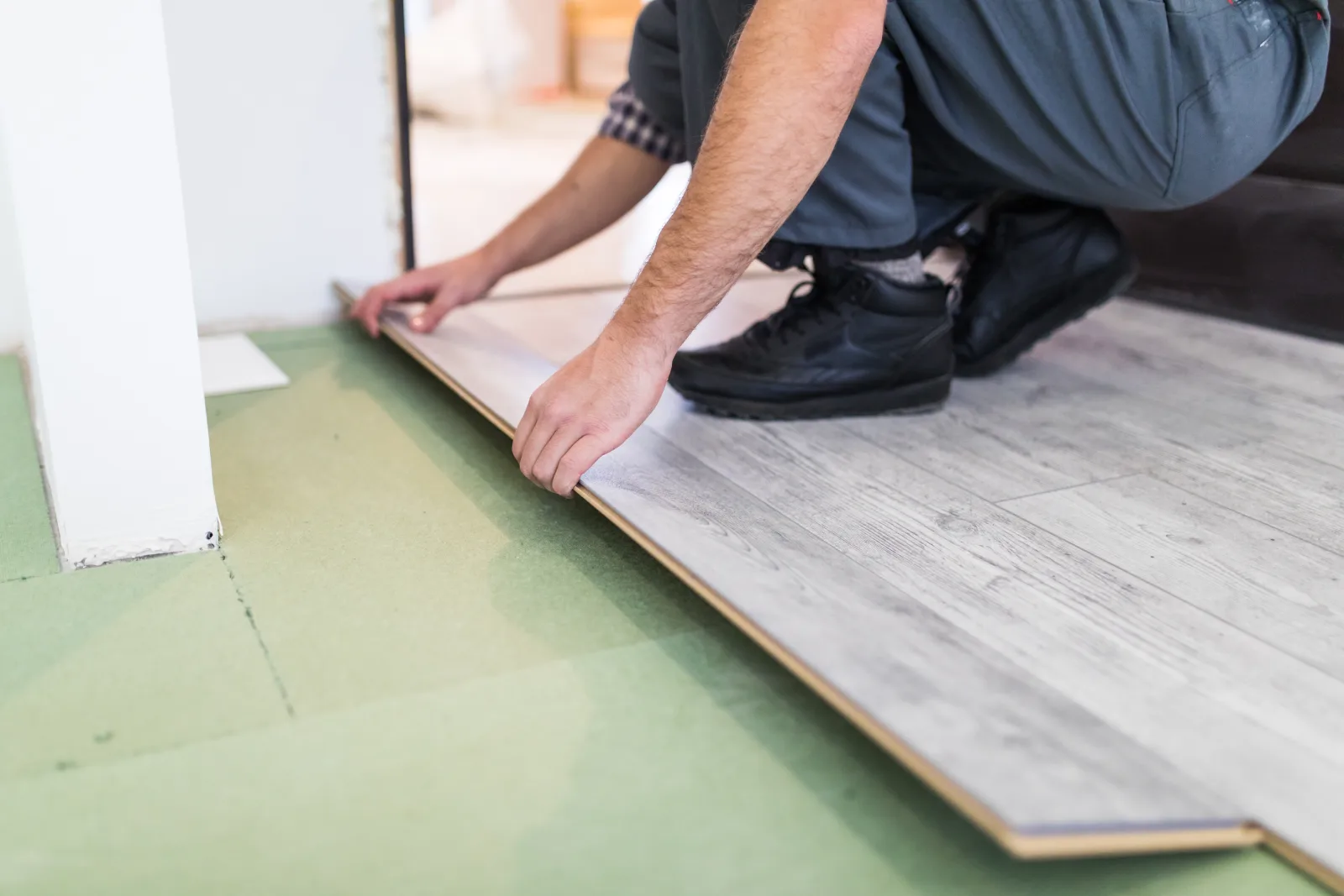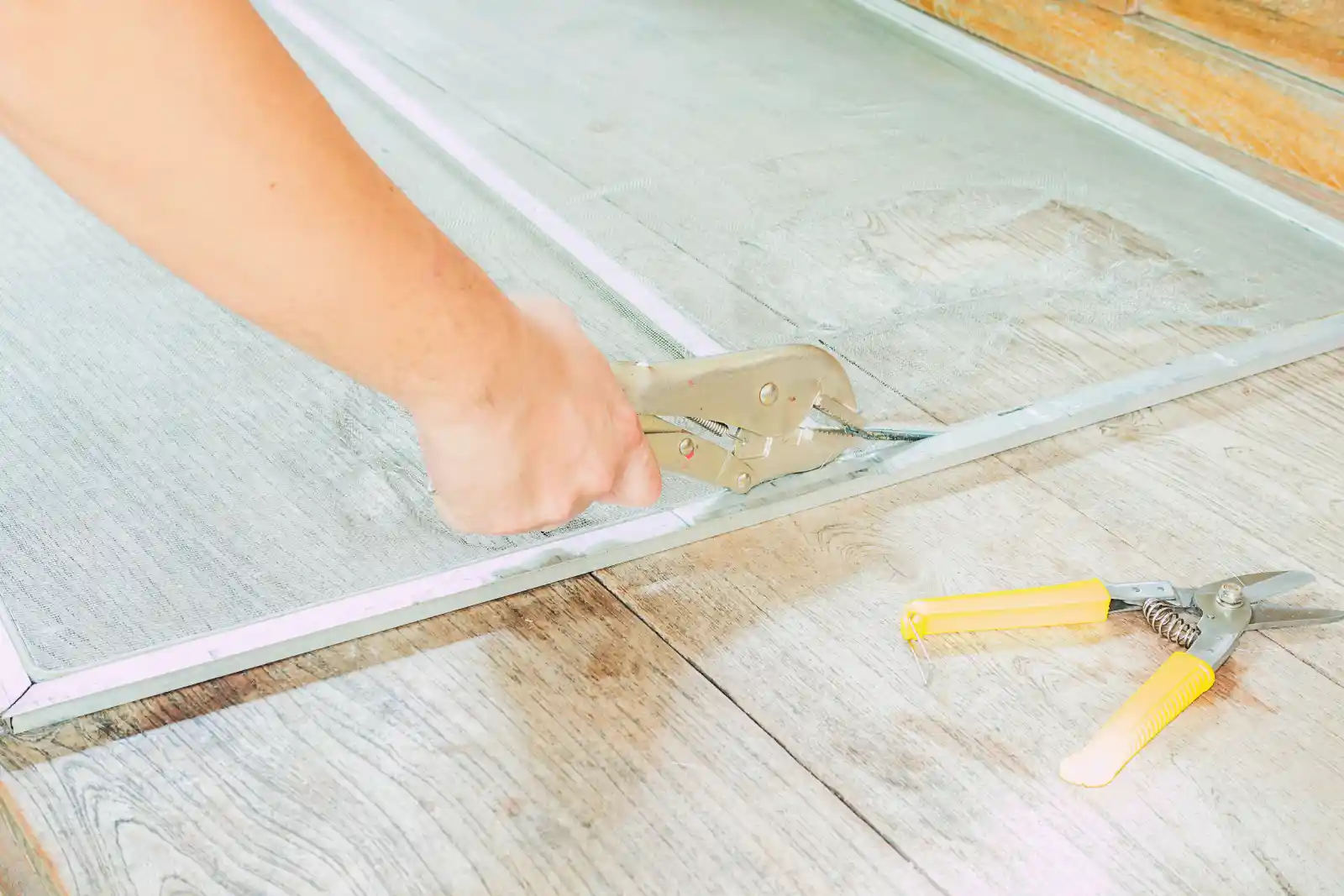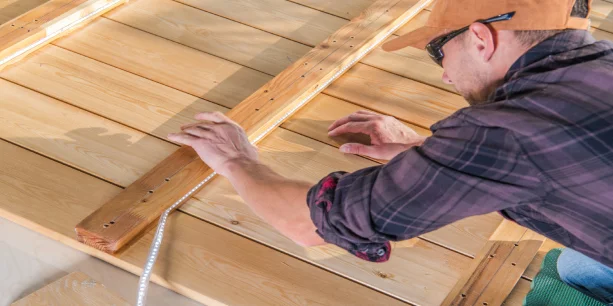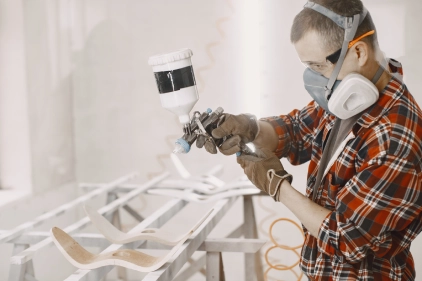Floor Remodel: Revamp Your Home with the Perfect Flooring Choice
A floor remodel is one of the most impactful ways to redecorate your home, whether it’s for a single room or the entire house. Flooring plays a significant role in your home’s overall look and functionality, as it’s one of the most visible and frequently used elements. Choosing the right flooring can make all the difference, ensuring it fits your lifestyle, preferences, and needs. In this guide, we’ll explore the benefits of floor remodeling, the best flooring types, and how to plan and budget your project to transform your home into a beautiful and functional living space.
Why You Must Consider Floor Remodeling Projects
Floor remodeling goes beyond aesthetics—it can enhance functionality, increase comfort, and even boost property value. Over time, floors can wear out, sustain damage, or go out of style. Updating them with the right flooring options not only keeps your home looking fresh but also improves its usability. Whether you’re preparing to sell your home or simply want a change, floor remodeling is a worthwhile investment.
Aesthetic Appeal
A new floor can dramatically improve your home’s visual appeal. The right flooring sets the tone for the entire space and complements your décor. Whether your style is modern, rustic, or elegant, a floor remodel allows you to choose from a variety of options that align with your vision.
Value Increase
Flooring is one of the first things potential buyers notice. A well-executed floor remodel can increase your home’s resale value by enhancing both its appearance and functionality. Including the cost per square foot for materials and installation in your planning ensures you make informed decisions that add value to your property.
Better Functionality
Floors lose their structural integrity over time. Replacing old or damaged flooring with durable, long-lasting materials improves the usability of your space. Measuring the square footage accurately ensures you choose the right materials and avoid unnecessary expenses.
More Comfort
Modern flooring materials are designed with comfort in mind—offering better warmth, softness, and sound insulation. A floor remodel can create a more comfortable living environment while improving indoor air quality.

Which Types of Floors Suit Your Remodel
Choosing the right flooring for your home can feel overwhelming, but it’s a decision worth careful consideration. From timeless hardwood to budget-friendly vinyl, the options are endless. Here’s a look at some of the best flooring types to consider:
Hardwood Flooring
Hardwood floors are a classic, timeless choice that add warmth and elegance to any space.
- Pros: Durable, visually appealing, and long-lasting with proper care.
- Variety: Available in different wood species, finishes, and colors to suit any design style.
- Best For: Living rooms, dining areas, and bedrooms.
Laminate Flooring
Laminate flooring is a cost-effective alternative to hardwood, offering a similar look for a fraction of the price.
- Pros: Durable, easy to maintain, and available in a wide range of designs.
- Features: Mimics the appearance of wood, stone, or tile.
- Best For: High-traffic areas and budget-conscious remodels.
Tile Flooring
Tile flooring is ideal for areas prone to moisture and heavy use.
- Pros: Water-resistant, easy to clean, and highly durable.
- Variety: Comes in ceramic, porcelain, and natural stone options.
- Best For: Bathrooms, kitchens, and entryways.
Vinyl Flooring
Vinyl flooring combines affordability with versatility, making it a popular option for modern homes.
- Pros: Moisture-resistant, soft underfoot, and available in sheets, planks, or tiles.
- Features: Mimics wood, stone, or tile at a lower cost.
- Best For: Kitchens, bathrooms, and basements.
Carpet Flooring
Carpet is perfect for creating a cozy atmosphere in your home.
- Pros: Soft, warm, and provides excellent sound insulation.
- Variety: Available in numerous colors, textures, and patterns.
- Best For: Bedrooms and living rooms.
How to Plan Your Floor Remodeling Project
Planning your floor remodel is essential to ensure a smooth and successful outcome. Here are some key steps to guide you:
Make a Budget
Start by setting a financial plan. Flooring costs vary depending on factors like material type, area size, and installation fees. Calculating the cost per square foot will help you narrow down your options and stay within budget.
Consider Room Functionality
Each room in your home has unique flooring needs. For example:
- Bathrooms and kitchens require moisture-resistant flooring.
- Living rooms benefit from warm, inviting materials like hardwood or carpet.
Select the Right Color and Design
Choose flooring that complements your home’s color palette and overall style.
- Light colors create a sense of space and brightness.
- Dark tones add warmth and sophistication.
Think About Maintenance
Different flooring materials have varying maintenance requirements:
- Low-maintenance: Hardwood, tile, and vinyl.
- High-maintenance: Carpet and cork.
Hire a Professional Installer
While some flooring types are DIY-friendly, hiring a professional installer ensures proper installation and extends the life of your floors.
Steps Involved in a Floor Remodeling Project
Once you’ve chosen your flooring materials and planned your remodel, here’s what to expect during the process:
Preparation
Clear the area of furniture, debris, and existing flooring. Preparing the subfloor is crucial to ensure a smooth and stable foundation for the new flooring.
Subfloor Assessment
Inspect the subfloor for damage or moisture issues. Repair or replace it as needed to prevent future problems.
Installation
Install the new flooring according to the material type. For example:
- Luxury Vinyl Plank (LVP): Easy click or glue installation.
- Tile: Requires precise placement and grouting.
Finishing Touches
Add baseboards, trim, and transitions between rooms for a professional finish.
How to Deal with Floor Remodels in Older Homes
Remodeling floors in older homes presents unique challenges that require careful attention:
- Subfloor Issues: Subfloors in older homes may be warped or damaged. Repairing or replacing them ensures proper installation.
- Foundation Problems: Shifts in the foundation can cause uneven floors, which must be addressed before installation.
- Moisture Control: Older homes often lack modern moisture barriers, making it essential to address potential mold or water damage before installing new floors.
Choosing Flooring by Size of the Home Renovation
When remodeling your floors, it’s essential to consider the size of the area being worked on. The type of flooring you select can significantly influence the ambiance and perception of space in a room, making the size of the area a key factor in your decision.
For large rooms or open spaces, opt for larger tiles, wide plank hardwood, or engineered wood. These flooring options create an elongated look, enhancing the spacious feel of the room. Large tiles, such as 12×12 or larger, reduce grout lines, which contributes to a cohesive and expansive appearance.
In smaller rooms, such as bathrooms or kitchens, choose smaller tiles with intricate patterns to create the illusion of a larger space. Additionally, light-colored flooring, such as light oak or gray laminate, can make the room feel more open and airy. Avoid dark, heavy flooring materials in small areas, as they can make the space feel cramped.
By selecting the right flooring based on room size and layout, you can transform the overall feel of your home. Balancing square footage with style ensures a seamless and visually appealing result.
DIY Floor Remodel Versus Professional Floor Installation: The Advantages
One of the first decisions homeowners face when planning a flooring remodel is whether to tackle the project themselves or hire a professional. Each option has its benefits and challenges, and the right choice depends on factors like the type of flooring, project complexity, and budget.
DIY Floor Remodeling Projects
For those with experience or a willingness to learn, a DIY floor remodel can be a rewarding and cost-effective option. It allows you to save on labor costs while maintaining full control over the project. Certain flooring types, such as luxury vinyl plank (LVP), are particularly suited for DIY installation due to their click or glue methods. Materials like vinyl, laminate, and some types of tile are also beginner-friendly, provided you carefully follow the manufacturer’s guidelines.
However, DIY projects come with risks. Without sufficient knowledge and skills, mistakes can occur, leading to costly repairs down the line. Improper installation may result in issues like buckling, gaps, or a lack of the polished elegance that professional installation provides.
Professional Installation
Hiring a professional installer ensures that the job is done right the first time. Professionals bring the tools, expertise, and experience needed to handle a wide range of flooring types, from hardwood to tile. For example, professional installation is especially beneficial for engineered hardwood, as it ensures the layered construction is properly handled and the real wood top layer is seamlessly installed.
Professionals can also quickly identify and address subfloor issues, such as uneven surfaces or moisture problems, before installing the new flooring. Additionally, many manufacturers require certified installation to maintain warranty protection, giving you peace of mind that your investment is protected.
While professional installation may come with a higher upfront cost, it guarantees a flawless finish and ensures your floors are durable and long-lasting.
Making the Choice
Choosing between DIY and professional installation depends on your skill level, budget, and the time you have available. DIY is a great option for saving money and gaining hands-on experience, but for a perfect finish and peace of mind, professional help may be worth the investment.
Call to Action: Are You Ready for That Floor Remodel?
If a flooring remodel is in your near future, don’t wait any longer! ROR Home Repair offers expert floor remodeling services to make the process smooth and stress-free. From hardwood to vinyl, we specialize in all types of flooring and can help you choose the perfect material for your home.
Visit ROR Home Repair for more information about our services, or follow us on Facebook for the latest news and promotions. Let’s work together to create your dream floors today!
FAQs
1. What is the best flooring for homes with allergies?
When suffering from allergies, it is important to have flooring that would not trap dust, allergens, or pet dander. Hard surfaces such as tile, vinyl, or laminate would be a good choice since they are easy to clean and don’t retain allergens. Engineered wood is also suitable since it is easier to maintain in comparison to solid hardwood. Additionally, engineered hardwood offers a cost-effective alternative with its layered construction and real wood top layer, making it a practical choice for allergy sufferers.2. In what way does flooring affect energy efficiency in a home?
The flooring materials will affect the internal temperature regulation of your home. Tile and stone floors will feel cold in wintertime, leading to higher heating bills, while carpets would insulate the floors and help retain heat. Cork and bamboo would serve as thermal insulators keeping your home cool in summers while absorbing warmth in winters. Considering the square footage of the area being remodeled is crucial to determine the quantity of flooring materials needed and their impact on energy efficiency.
3. How do I make my small room look larger with the right flooring?
In a small area, some floor selections will help create the illusion of having more space. Flooring in lighter shades, such as light oak or beige, will instantly open up any room with airy charm. Large scaled tile or wide planks of wood minimize the visual disturbances created by seams, making the space feel even bigger. Understanding the cost per square foot for these materials is crucial when planning your project.
4. What do I need to consider for the choice of flooring for the bathrooms?
When looking for flooring for bathrooms, the most vital consideration is moisture resistance. However, it’s important to note that improper installation can lead to issues such as chipped tile, which can compromise the durability of ceramic and porcelain tiles. Tile (ceramic or porcelain) is often favored for its inherent water resistance and easy maintenance. Vinyl and laminate can also be chosen when waterproofing capacity is required, as they might convincingly imitate the look of relatively expensive materials.
5. How can I determine the best flooring for my lifestyle?
Your lifestyle plays a huge part in deciding what kind of flooring to have. Luxury vinyl plank (LVP) is a great option for various lifestyles due to its easy installation, affordability, and durability against moisture and stains. Do you have children or pets? You will want something that is durable and scratch-resistant, such as vinyl, tile, or laminate. If comfort is your priority, carpet or cork will provide a soft feel underfoot. Hardwood or tile might be ideal for you if you entertain often since they are easy to clean after spills.








